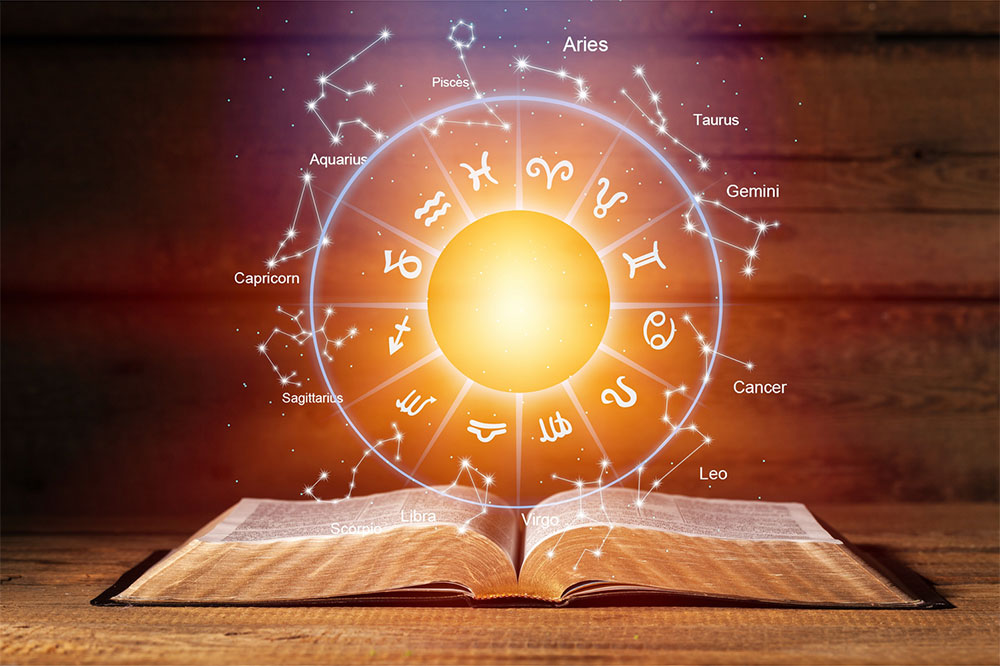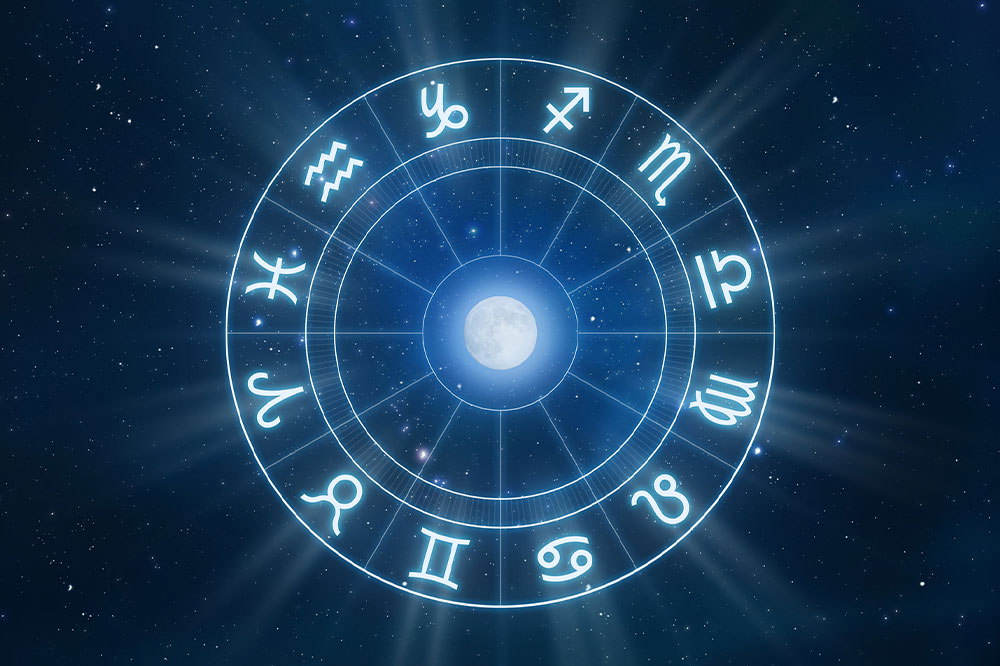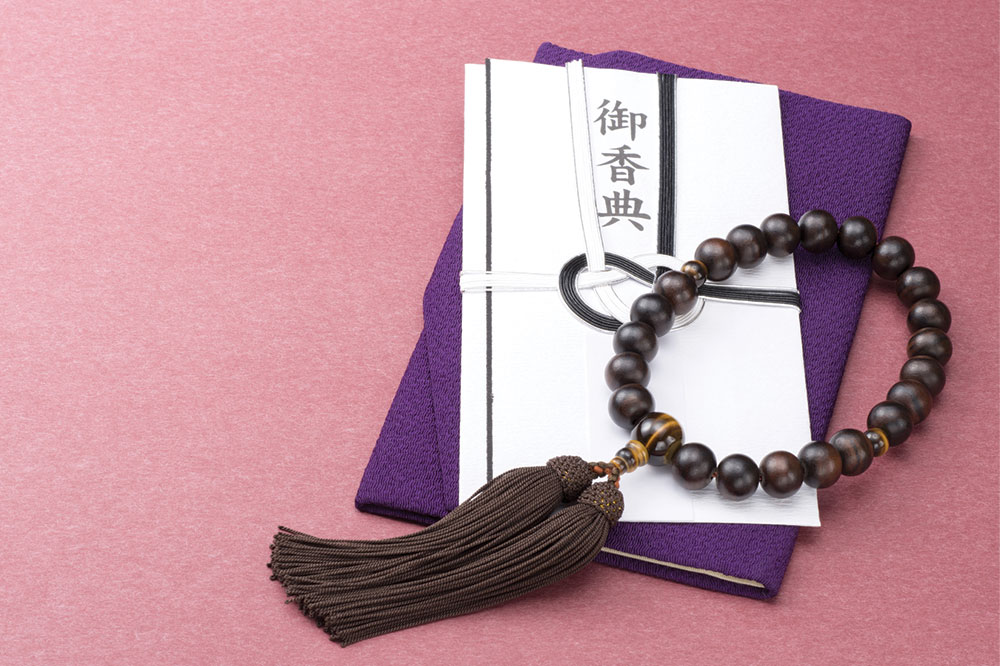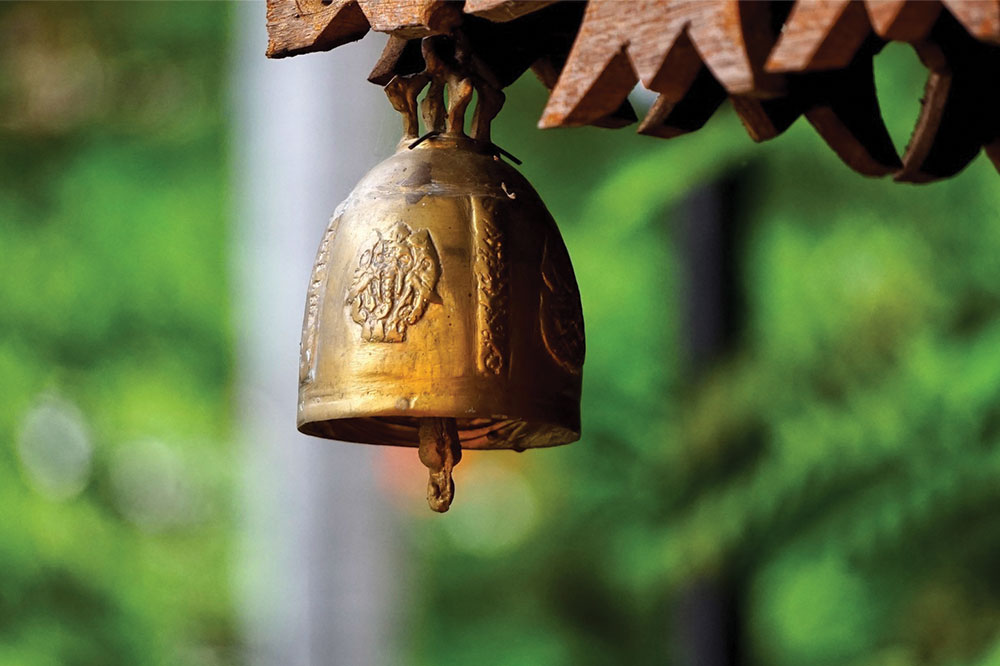Comprehensive Guide to Astrology Types and Divination Techniques
This comprehensive guide explores the diverse world of astrology and divination, detailing various types such as natal, Vedic, and relationship astrology, alongside traditional divination tools like tarot, pendulums, and spirit boards. Learn how these methods reveal unseen energies, guide important decisions, and deepen self-awareness. Whether you're new to these practices or seeking to expand your spiritual toolkit, this article offers valuable insights into ancient and modern techniques that help decode the mysteries of life and the universe.

Comprehensive Guide to Astrology Types and Divination Techniques
Many individuals overlook the rich diversity of astrology and divination methods beyond the common daily horoscopes. While most casually glance at their zodiac sign or brief forecast, a vast array of ancient and modern techniques exist to offer deeper insights into our lives, personality, and future. These practices—ranging from different branches of astrology to various fortune-telling tools—hold significant influence on personal growth, decision-making, and understanding unseen forces that shape our destiny. Learning about these methods can help deepen your spiritual connection and enhance self-awareness. In this expansive guide, we explore the multifaceted world of astrology and divination, revealing their origins, applications, and how to incorporate them into your journey of self-discovery.
Understanding the Diversity of Astrology
Natal Astrology: The Foundation of Personal Insights
This core branch of astrology involves analyzing an individual's birth chart, which is constructed based on precise details such as location, date, and time of birth. Natal astrology aims to uncover a person’s life purpose, core motivations, emotional tendencies, and innate strengths. By interpreting the positions of planets, the Sun, and Moon at the moment of birth, practitioners reveal significant information about personality traits and potential life paths. This detailed analysis helps individuals understand themselves better and make informed decisions aligned with their true selves.
Beyond natal charts, astrology encompasses various specialized branches that focus on different facets of life. These include traditional systems rooted in distinct cultural backgrounds, as well as contemporary interpretations that expand traditional boundaries.
Vedic Astrology: Ancient Wisdom for Modern Life
Originating from the Indian subcontinent, Vedic astrology—also known as Jyotish—is an ancient predictive system deeply embedded in Hindu culture. It plays a pivotal role in daily decision-making processes such as selecting auspicious naming conventions, choosing favorable timings for significant life events like marriage, business launches, or purchasing properties. Vedic astrology uses a sidereal zodiac and incorporates complex calculations involving lunar mansions (nakshatras) and planetary periods (dashas), providing a holistic view of an individual’s destiny and spiritual journey. Its detailed predictions often guide followers toward a harmonious life aligned with cosmic rhythms.
Love and Relationship Astrology: Unlocking Compatibility
Utilizing specific chart types such as synastry and composite charts, relationship astrology helps individuals analyze compatibility with partners. By examining planetary aspects, house placements, and emotional chemistry, this branch unveils the dynamics of love, trust, and emotional bonds. Compatibility insights derived from relationship charts can inform choices about partnerships, help resolve conflicts, and deepen understanding between partners, fostering healthier and more fulfilling relationships.
Medical Astrology: A Holistic Approach to Health
This specialized discipline studies how planetary influences affect health and wellness. By analyzing the positions of specific planets and their relationships with bodily systems, medical astrology assists practitioners in predicting health tendencies, determining the best times for treatments, and offering personalized health advice. It acts as a complementary tool alongside conventional medicine, providing a holistic approach to well-being.
Horary Astrology: Answering Precise Questions
Dating back to the 8th century, horary astrology specializes in answering specific questions by creating a chart for the exact moment and location the question is posed. Whether seeking guidance on job opportunities, relationship issues, or financial decisions, horary astrology offers insights based on planetary positions at that precise time. It is particularly valued for its specificity and clarity, helping individuals find direction during critical moments.
Electional Astrology: Timing Life’s Major Events
This branch guides choosing optimal dates for significant activities such as weddings, business openings, travel, or legal actions. By analyzing planetary movements and astrological aspects, electional astrology helps ensure favorable conditions and successful outcomes. It emphasizes planning according to cosmic timings to maximize positive results and minimize obstacles.
Uranian Astrology: Deep Triggers of Life Events
Using innovative techniques like midpoints and planetary triggers, Uranian astrology aims to identify planetary influences that prompt decisive actions and life-changing moments. This modern approach provides insight into the subtle energetic shifts that drive major life transitions, making it a valuable tool for understanding the catalysts behind personal growth and transformation.
Western Astrology: The Zodiac Sun Sign System
Based on the position of the Sun at the time of birth, Western astrology is the most familiar form in the Western world. It primarily employs the zodiac signs—Aries through Pisces—and draws from classical texts like the "Tetrabiblos". This system emphasizes personality traits, career influences, and emotional tendencies associated with each sign, allowing individuals to explore their archetypal energies and how they influence daily life and long-term destiny.
Divination Tools: Connecting with Higher Powers
Divination techniques involve supernatural or intuitive methods to forecast future events, seek guidance, and understand hidden motives. These tools serve as a bridge between the conscious mind and unseen energies, offering profound insights when used with faith and intention.
Spirit Boards and Mediumship Devices
Spirit boards, such as Ouija, have long been used in séances to communicate with spirits. Participants ask questions, and the planchette or pointer moves in response to spiritual influences, helping to reveal messages from the beyond. While controversial, many users find it a meaningful way to connect with departed loved ones or seek spiritual assistance.
Pendulums: Quick Yes/No Answers
Pendulums, often made of crystal or metal, are simple tools used for divining yes/no questions. By observing how the pendulum swings—back and forth or in circles—individuals receive intuitive responses based on subconscious movements.
Crystal Balls: Visual Divination
Crystal gazing in a smooth, clear sphere helps practitioners enter a meditative state and interpret emerging images, symbols, and patterns. This technique, known as scrying, aims to tap into subconscious insights and glimpse potential futures.
Tarot and Oracle Cards
Tarot reading involves shuffling a deck of 78 cards, each with symbolic images, to interpret future trends, personal issues, or hidden truths. Oracle cards, which often feature more flexible and varied imagery, provide intuitive guidance suited for modern users who prefer lighter, less structured divination practices.
Automatic Writing and Other Techniques
Automatic writing involves allowing the subconscious mind to flow through handwriting, often to receive messages from spiritual guides or higher consciousness. Additional methods include interpreting symbols in dreams, analyzing animal behaviors, or conducting traditional forms like tea leaf reading, sand divination, or scrying with reflective surfaces.
Ancient and Cultural Divination Practices
Historically, civilizations relied on methods like bird flight patterns (ornithomancy), bone casting (pyro-osteomancy), and water scrying to forecast the future. These varied techniques reflect the cultural richness of divination across the ages, from Greek and Chinese practices to indigenous rituals worldwide. They played vital roles in guiding decisions, planning wars, or interpreting omens, illustrating humanity’s enduring fascination with the supernatural.
In summary, the expansive landscape of astrology and divination is filled with intriguing methods that serve to illuminate hidden influences and guide personal journeys. Whether you prefer traditional approaches or modern techniques, choosing the method that resonates with your intuition can open new horizons for understanding yourself and the universe. Embark on this spiritual exploration with curiosity and an open mind, and discover the unseen forces shaping your life.




